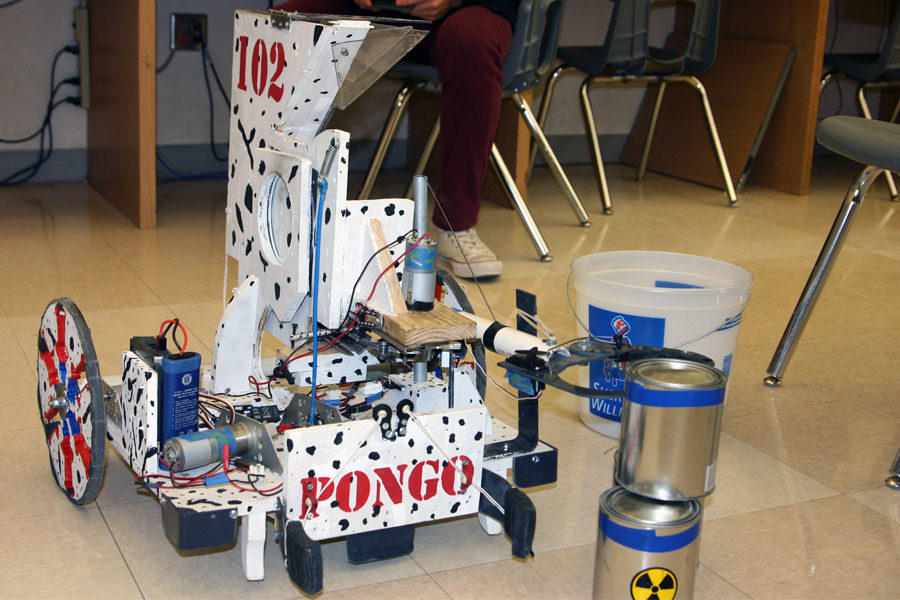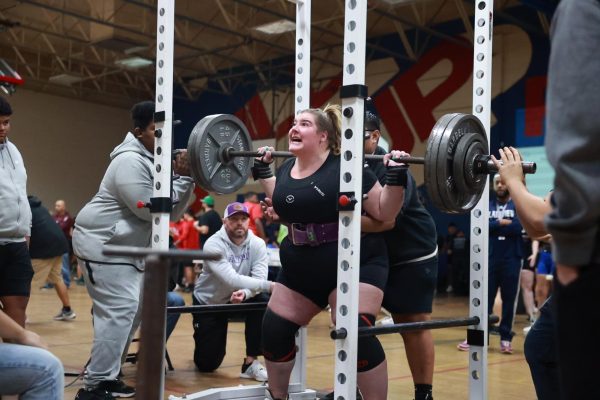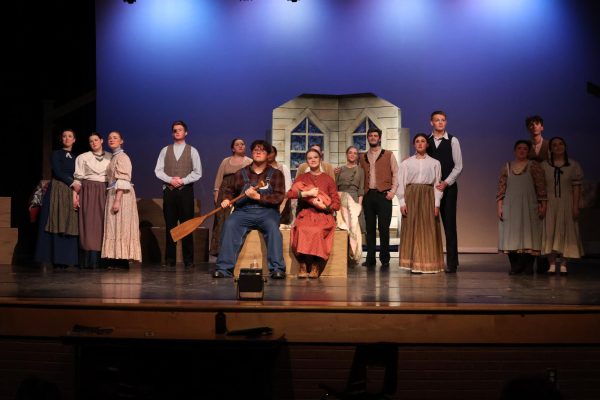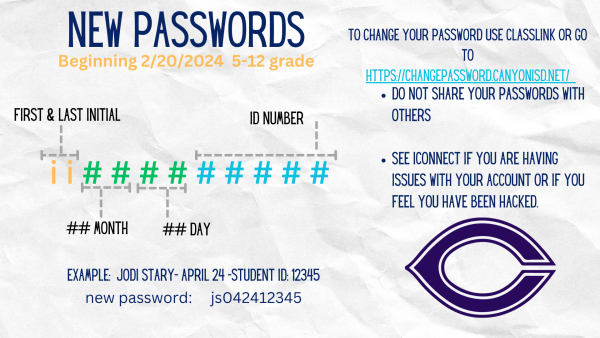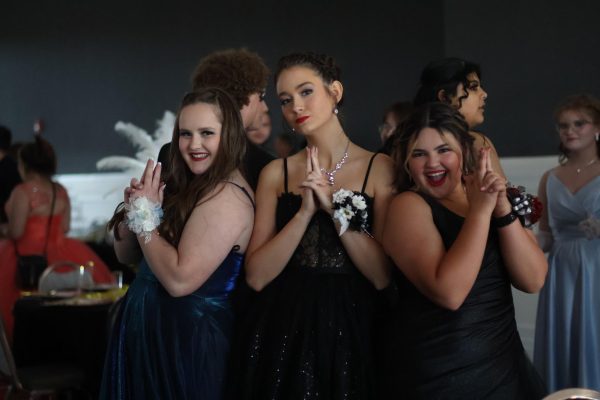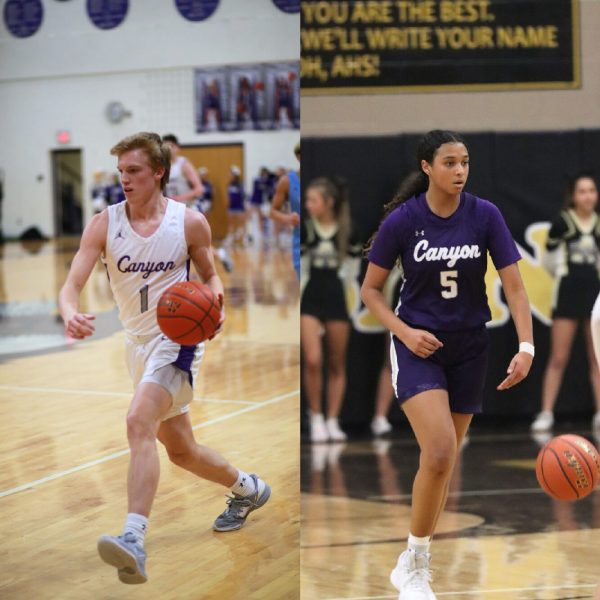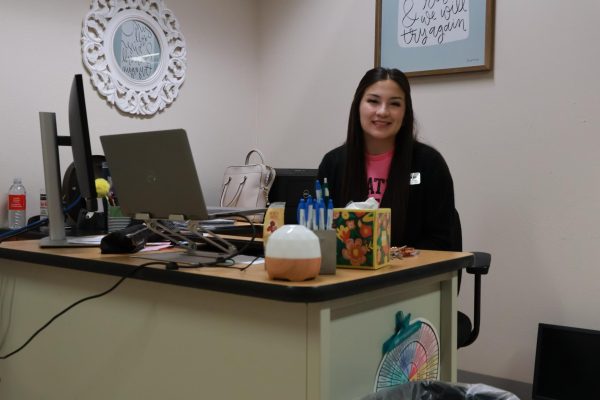Robotics team to compete at state
The robotics team will compete at state in Frisco Dec. 6-8 after finishing first at regionals in Lubbock Oct. 14.
“Whenever you’re on the floor actually competing, it’s really really competitive,” robotics team president and senior Jamie Cruz said. “You have three minutes to go in there and do everything you possibly can in the competition. You mess up, and everybody sees it.”
The group placed 13th at state in 2015 and 11th at state last year.
“Once you go to state, they have you on a big screen, recording you” Cruz said. “You have announcers, and it’s more intense than any football game I’ve ever been in. The teams there are actually from engineering schools. There are big teams and little teams and tiny teams like us, but they’re homeschool teams, so that’s literally all they’re doing.”
The robotics competition centers around driving the team’s robot through an obstacle course and completing certain tasks.
It’s more intense than any football game I’ve ever been in.
— Jamie Cruz, 12
“The course gave us a series of obstacles, something that a fireman might encounter which is to put out fires with golf balls, pick up a mannequin which represents a person and bring him to safety and pick up and move chemical waste,” head engineer senior Isaac Huseman said.
The robotics team first began work on their robot six weeks before district.
“You have to start with brainstorming,” Cruz said. “They give you a box of raw supplies, and they show you the course, and then you go home. So, you get on the bus, and we all pull out pieces of paper. We’re like, ‘How are we going to do this?'”
The team tried several different designs for their robot, which they named “Pongo.”
“The first thing we built was the shooter,” Huseman said. “Our first idea was to blow them through the air, so we tried to make a leaf blower, which failed spectacularly. Getting a fan going fast enough on a leaf blower to actually move something is quite hard. After that, we then tried to make it spin like a baseball, where it has two really fast-spinning disks, and you put it in and it flies. That had the same problem as the leafblower.”
The team eventually built a firing mechanism of a repeating crossbow, but then had to design a clip to rapidly reload their golf balls.
“We have 40 golf balls to shoot,” Huseman said. “If you go straight up, you’re going to hold four, because you have a two-foot height restriction. So, we came up with the idea of holding more golf balls in the tank, which is when we came up with the paintball hopper.”
Our first idea was to blow them through the air, so we tried to make a leaf blower, which failed spectacularly.
— Isaac Huseman, 12
The robot is controlled during competition by one of the team members via a Playstation remote which the team programmed to operate Pongo.
“We use EasyC, which is like C++, but for robots,” head programmer and junior Jonah Ramirez said. “It’s the same type of code, but C++ is mainly for computers to make a webpage or something, while EasyC is to move a robot. In the program, I set a variable to a button and then that variable to a motor, so it’s almost like a lightbulb. You press the button, the light bulb is on; you let go, the light bulb is off.”
In addition to building and programming their robot, the team had to compile a notebook detailing the design process, listing sponsors, materials and team members, as well as a research paper over the theme of the year’s course.
“You get a total of 30 pages over actual writing,” Cruz said. “The rest are pictures that you’ve done over the rest of the year. We go and visit several clubs, like Kiwanis Club, Lions Club, Rotary Club, and we talk to them about what our club is, because you get graded on that in the competition.”
The team also includes detailed computer-aided drawings (CADs) of the robot in the notebook.
“Whenever Isaac creates something, I measure that, and I draw it on Vectorworks,” CAD designer junior Brandon Lewis said. “I use a pretty simple program, so it’s kind of hard to make complex things.”
Our main focus heading into state is making sure we have everything that could possibly go wrong fixed and ready to go.
— Bill Troyer
The team also must build an exhibit of what they did through the year, as well as the year’s theme.
“This year we built a giant fire hydrant,” Cruz said. “It’s pictures of everything we did–week one, week two, week three, week four, week five, week six, everything leading up to it. It takes a lot of woodworking to put the whole thing together, because the cubicle walls stand up on their own, but then you have to build a roof.”
Troyer said the robotics team will continue to improve on any mistakes made at regionals and to build on the things which went well.
“Our main focus heading into state is making sure we have everything that could possibly go wrong fixed and ready to go,” robotics team coach Bill Troyer said. “We need to gain from the experience we earned last season at state.”
Cruz said robotics can be difficult but is worth it.
“It’s a lot of fun, but it’s also really stressful,” Cruz said. “It does require a lot of time and a lot of commitment, but if you do put in the time, the payout is awesome.

Salutations, I am Jaren Tankersley. I am a senior, and I am very excited to spend my third and final year on the Eagle’s Tale staff as Co-Editor-in-Chief. I am vice president of the class of 2018, vice president of our NHS chapter and vice president...
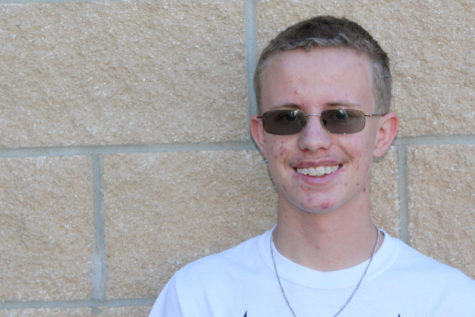
Hey! My name is Kyler Wilhelm, and I enjoy writing sports articles. This is my first year on the newspaper staff. In the little free time I have, I like to play sports and racing-based video games along with listening to just about any type of music out...

